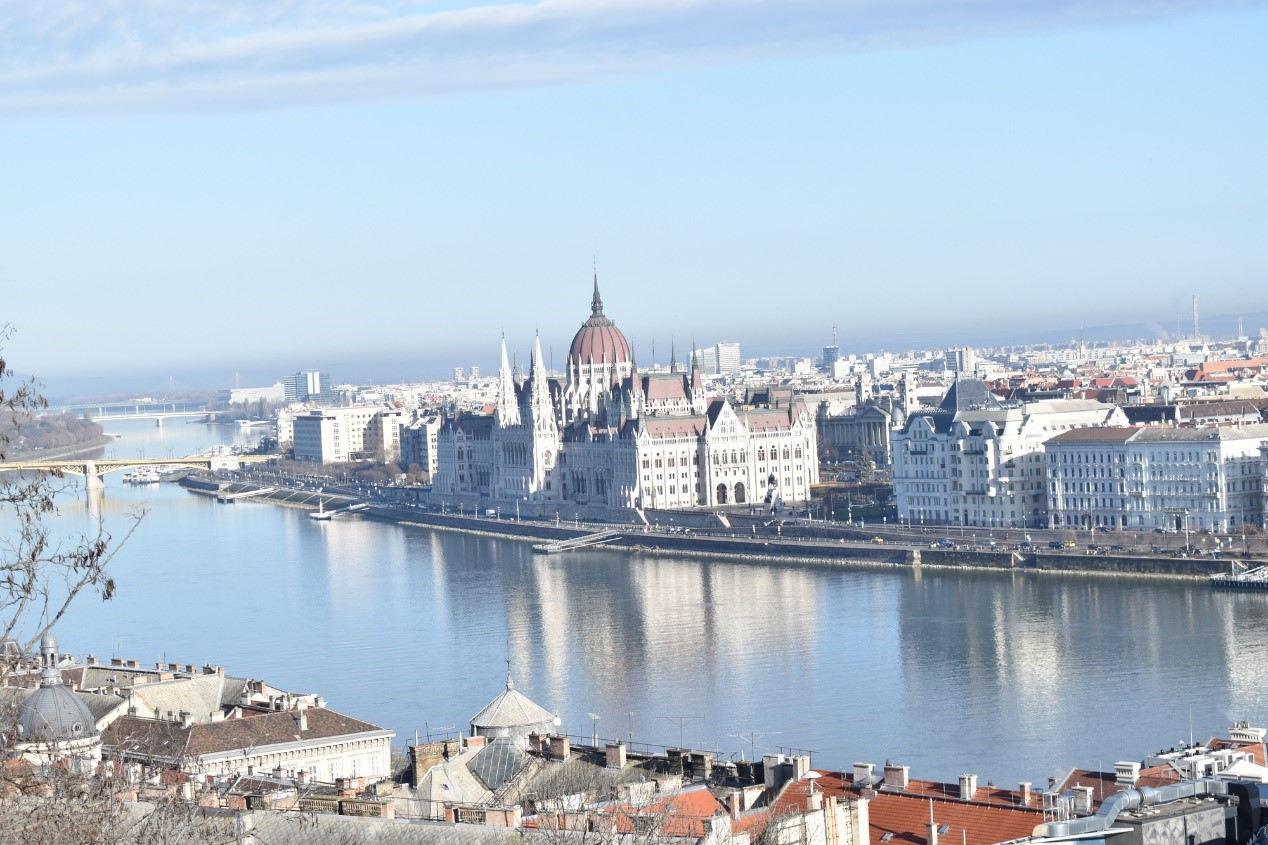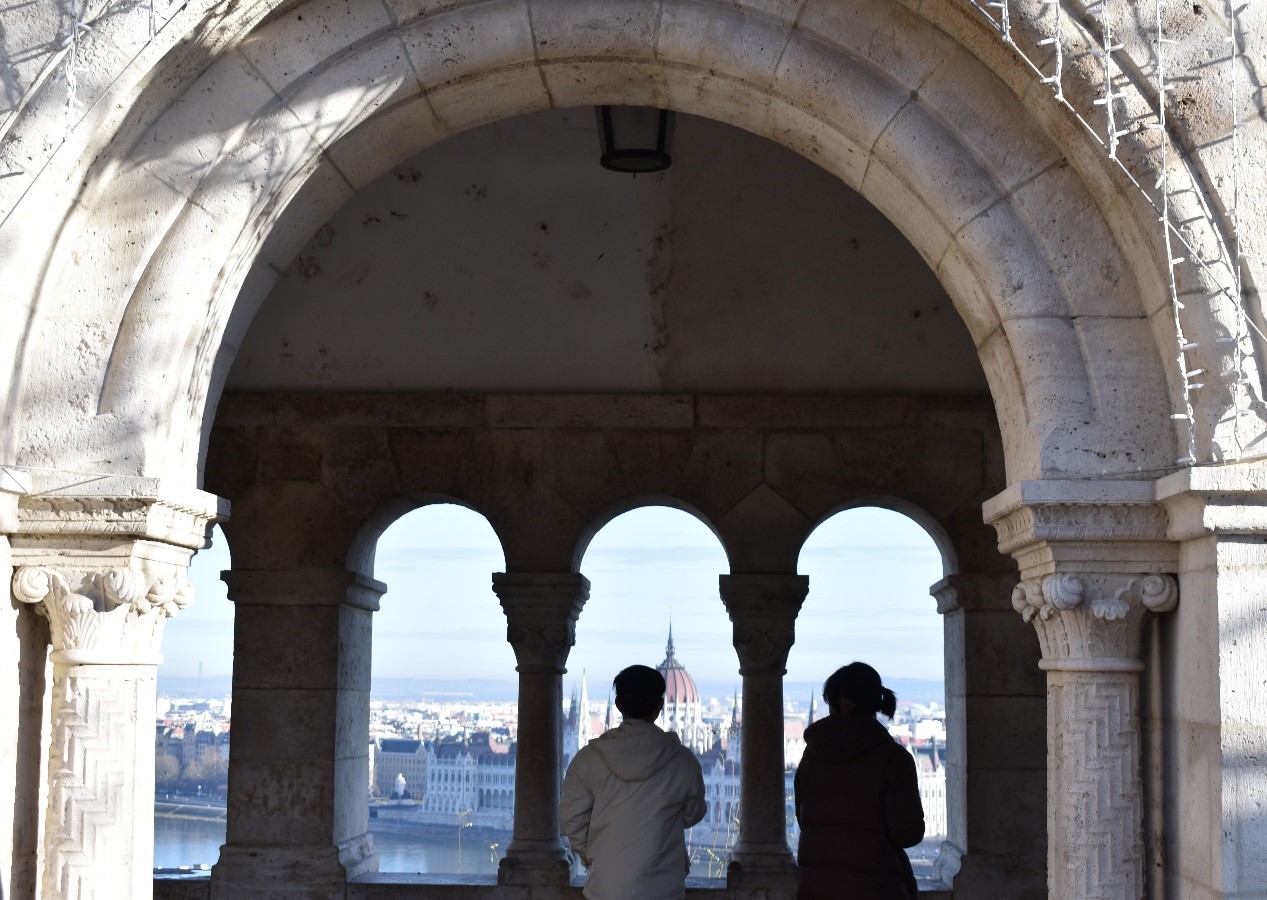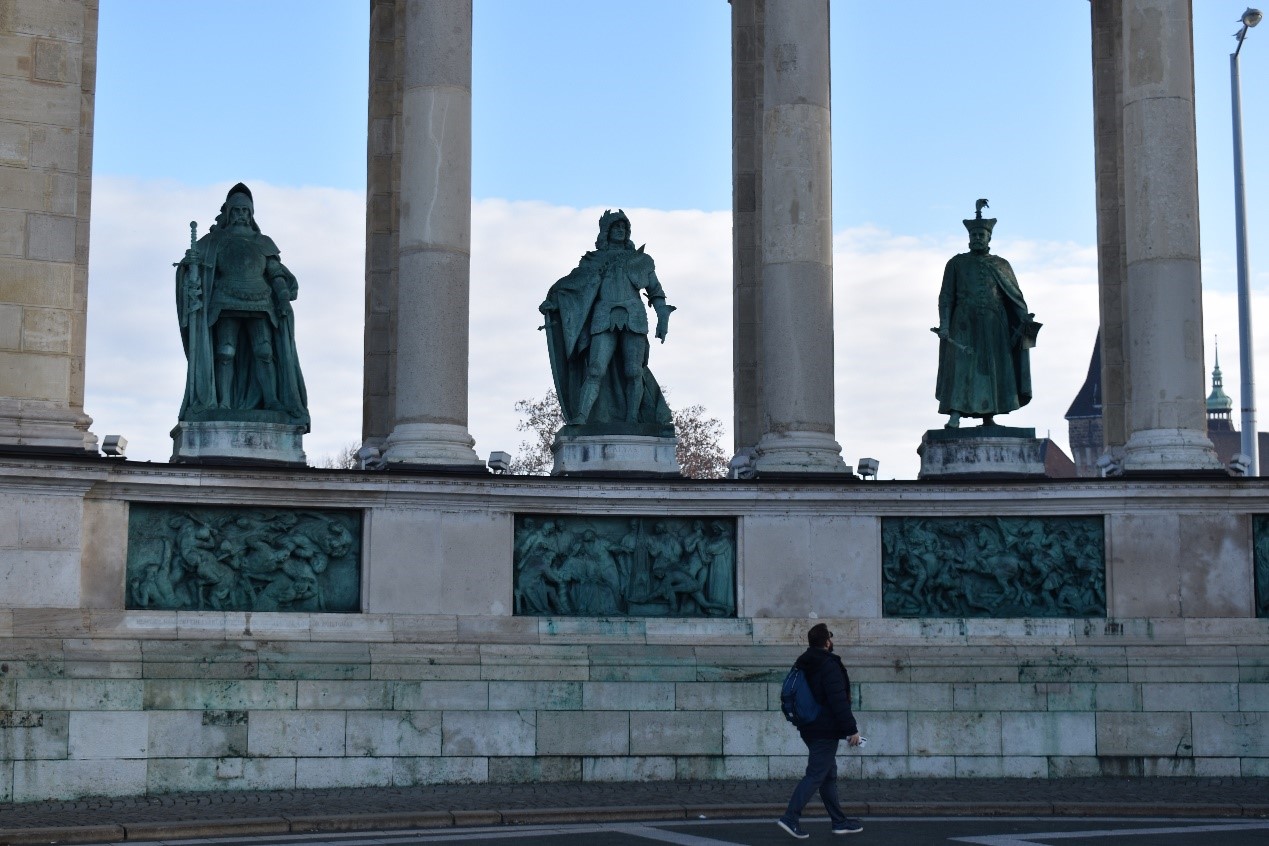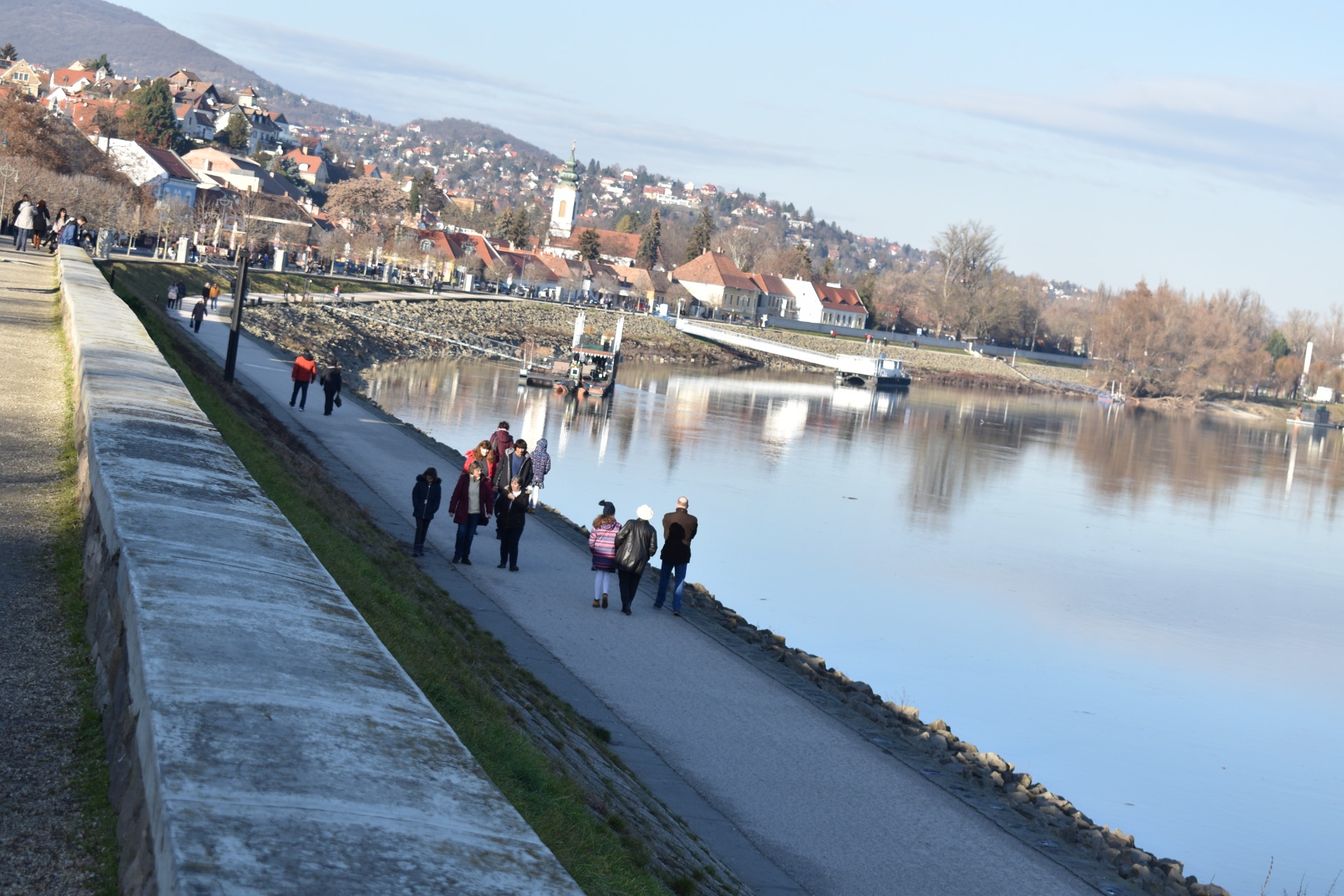Itinerary in the beautiful Budapest and its unique surrounding Danube villages

Written by Maria Siritzidou
The jewel of central Europe is waiting to be discovered.
The capital of Hungary, Budapest with its most beautiful buildings is built on the banks of the Danube. The Parliament of Budapest is perhaps the most imposing building in Europe but also the largest building in Hungary with a length of 268 meters, where the Hungarian Crown Jewels are also located. It was completed in 1904, while 40 million bricks, half a million precious stones and 40 kilograms of gold were used for its construction. Today, a small part of it is used by the government.
The Basilica of Saint Stephen is the most important religious building in the city, where the Holy Right Hand of the first king of Hungary, Saint Stephen, is also exhibited.
It is worth visiting the district of Pyrgos and the old town have been pedestrianized and in this area one can admire, apart from the Habsburg palace, the Budapest history museum and the Hungarian national gallery where the most valuable works of Hungarian art are gathered.
Still there is the Fisherman's Bastion, built in 1905 by the architect Phrygians Soulek. The Fisherman's Bastion owes its name to the guild of the same name that in the Middle Ages was responsible for the defense of this part of the ramparts, from where a panoramic view of the entire city opens.

The Danube enters the city from the north and forms two islands, Obunda and Margarita Island. A third island, Cepel Island, is the largest of Budapest's islands, but only the northern tip of the island is within the city limits.
On the island of Margarita, which is also the most famous, you can enjoy your walk, a nice bike ride and a picnic in its beautiful parks.
In Heroes' Square, the Millennium Monument dominates, with the Tomb of the Unknown Soldier in front of it. On the sides is the Museum of Fine Arts and the Palace of Fine Arts of Budapest and behind the City Park opens, with the Vajdahuniand Castle.

After 1686 Baroque architecture was the main style of art in the country and for the 18th century. There are many Baroque buildings in Budapest, and one of the best surviving examples of Baroque architecture is the Church of St. Anna in Batiani Square.
In this city we also enjoyed one of the largest thermal baths in Europe (Széchenyi gyógyfürdő) and third largest such building in the world.
The Szechenyi Baths are one of the largest bath complexes in all of Europe and the only "old" thermal baths located on the Pest side of the city. The indoor thermal baths date from 1913 and the outdoor pools from 1927. There is an air of grandeur with the bright, larger pools that resemble Roman baths, the smaller baths that recall the bath culture of the Greeks, and the saunas and pools. of diving, borrowed from traditions originating from northern Europe. The three outdoor pools (one of which is a fun pool) are open all year round, including winter. Indoors there are over ten separate pools and a host of medical treatments are also available. The Szechenyi Baths are built in a contemporary Renaissance style. The experience in these baths will be unforgettable.
If you are visiting Budapest with children, be aware that it has many municipal parks and most have children's playgrounds and seasonal activities such as skating in the winter and boating in the summer. Very close to the city center you can also visit the Budapest Zoo in the Municipal Park.
The castle of Gelert is also imposing and dominates the hill of the same name of Gelert. It was named in honor of Bishop Gellert who spread Christianity in Hungary. One of the must-see attractions. You will always find a lot of people, just like at the castle, but after a relatively difficult climb (with stops) you will enjoy the wonderful view of Pest.
In addition to the city of Budapest, it is also worth visiting its picturesque villages along the Danube. The best known is Agios Andreas which is considered the village of artists and fine arts. The orthodox church of 1752 and the museum of sculpture art are among the must-sees of the area.
Visegrad is also a beautiful village built literally on the Danube. In this village it is worth seeing its two castles that were built by King Bela IV to protect the area from the Mongols. The royal palace is another attraction of the village built by King Louis I.
Last in line is the village of Esztegonm. There you will see and admire the Vasiliki, the Castle with the wonderful view from above and its cathedral.

Budapest together with its Danube villages but also by itself is a jewel of Central Europe. The natural beauty of the area with the Danube river crossing it together with its impressive architecture, rank it among the must destinations that every traveler must definitely visit.